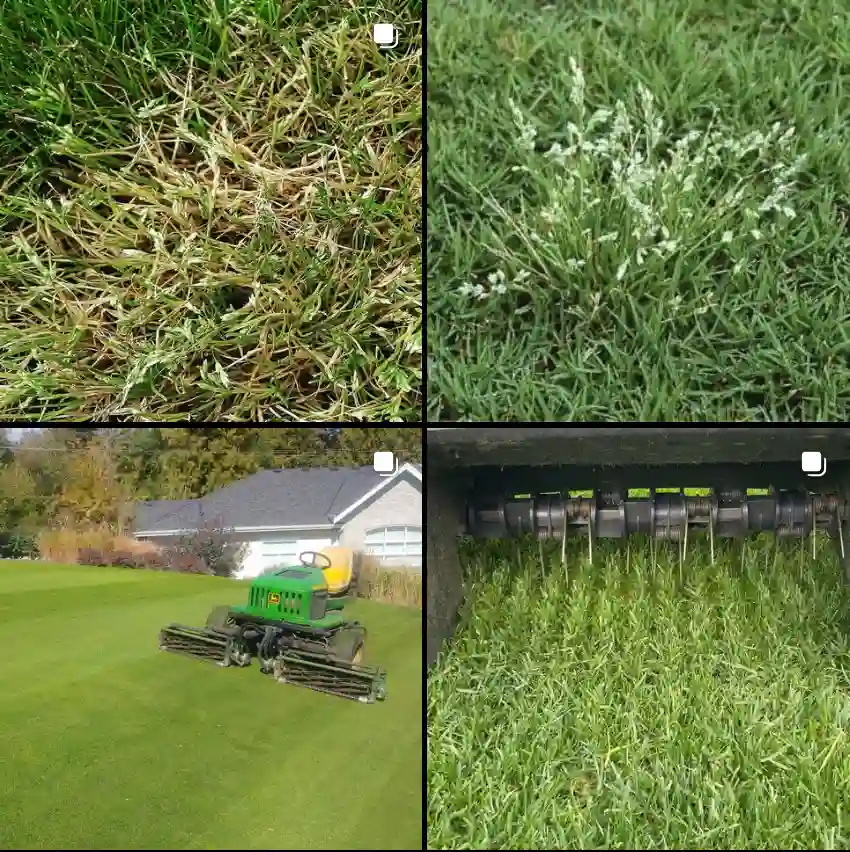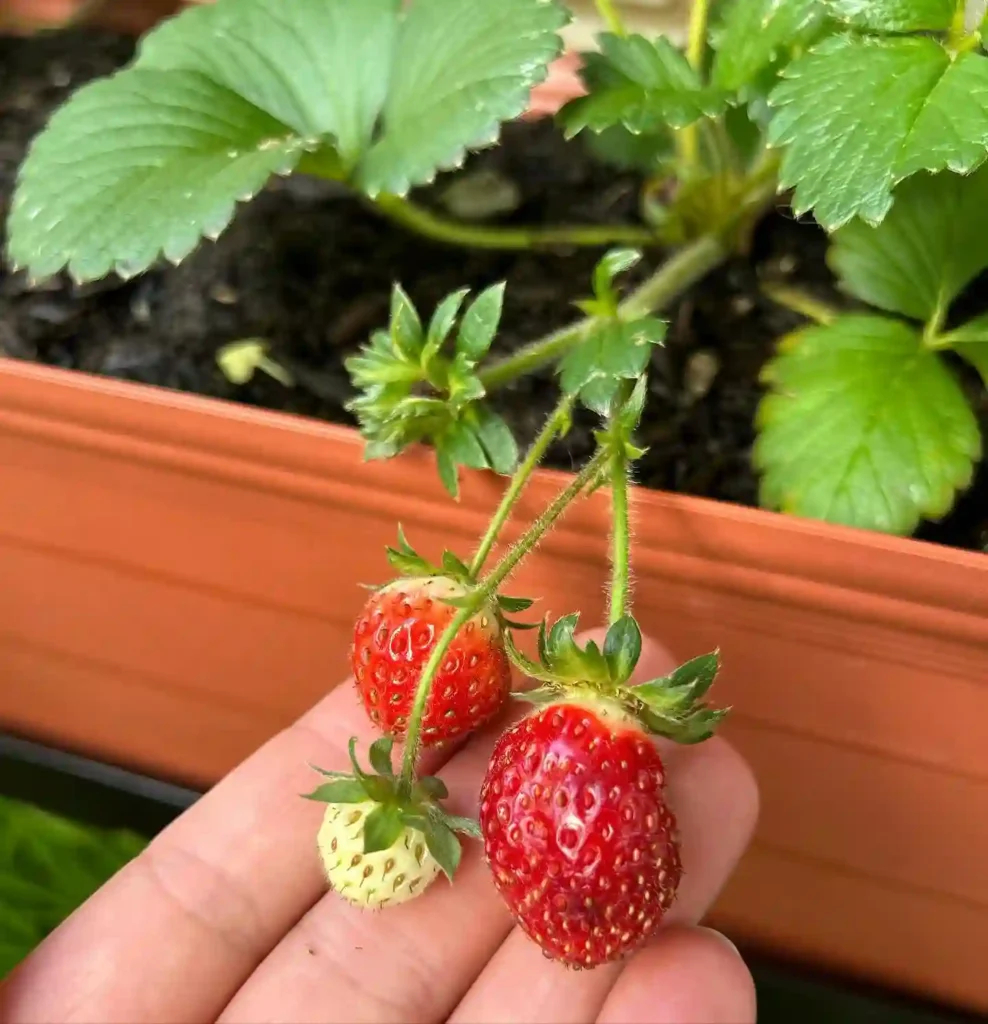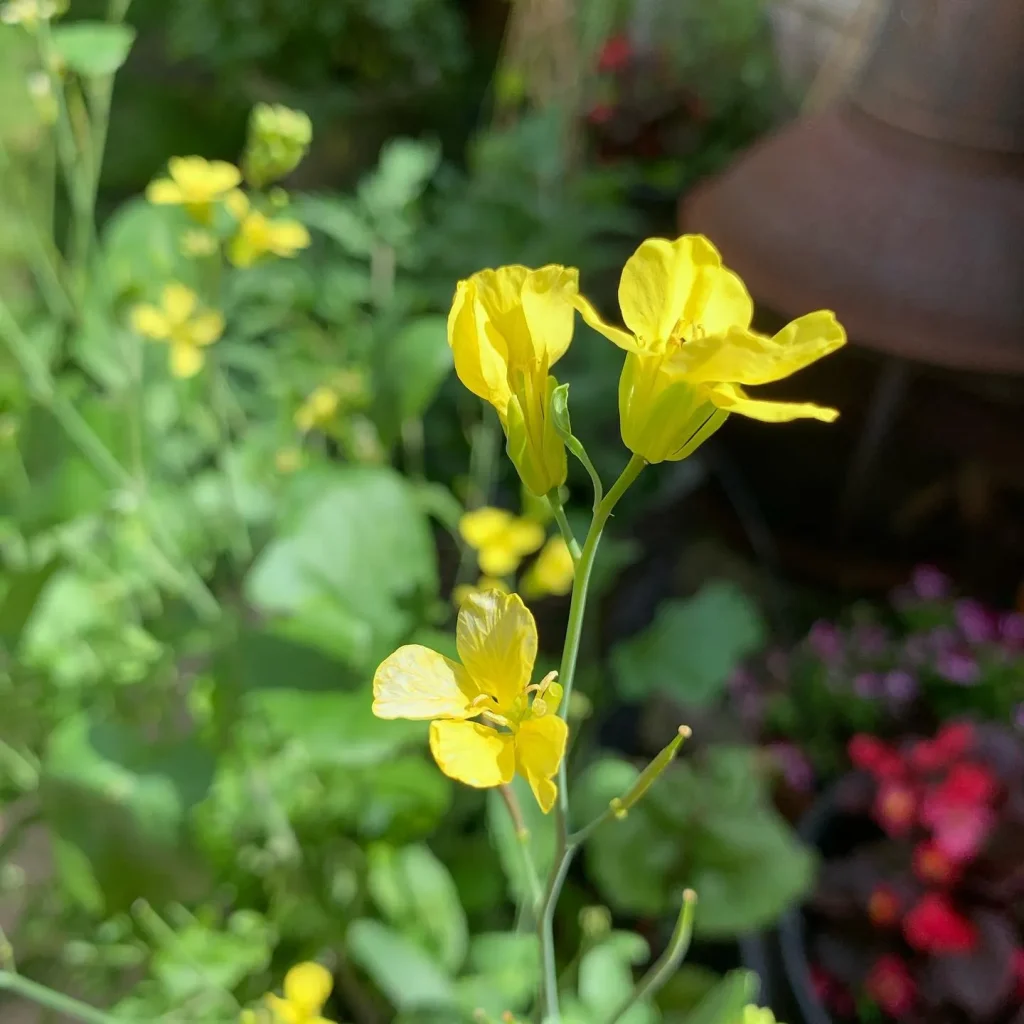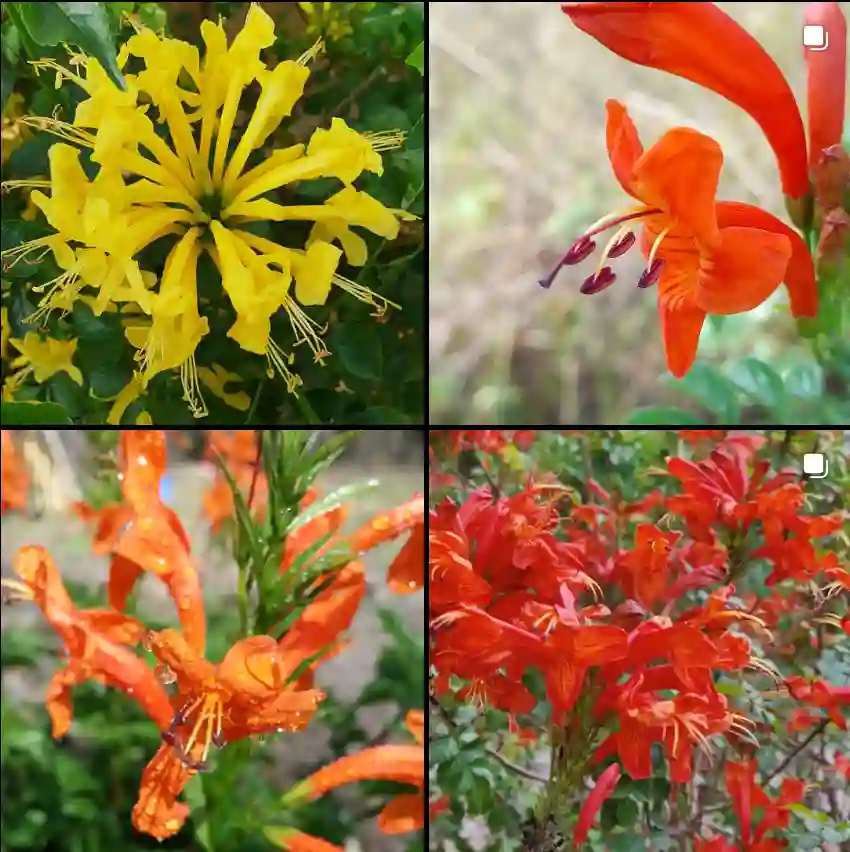FAQs About Symphyotrichum Ericoides
Symphyotrichum Ericoides, also known as White Heath Aster, is a wonderful plant that I’ve come to appreciate in my garden. It’s an autumn-blooming perennial with delicate white flowers, and it offers a natural charm to any landscape. I get asked a lot about this particular species, so I thought it would be helpful to answer some of the most common questions I encounter.
114 Species in Genus Symphyotrichum
What is Symphyotrichum Ericoides?
Symphyotrichum Ericoides, commonly called the White Heath Aster, is a perennial plant that is part of the Asteraceae family. It’s native to North America and often found in prairies, open woodlands, and roadsides. It blooms in the fall, offering a profusion of small white flowers that have yellow centers. This plant is often admired for its ability to attract pollinators, especially bees and butterflies, adding both beauty and biodiversity to a garden.
How Do I Care for Symphyotrichum Ericoides?
Caring for Symphyotrichum Ericoides is relatively straightforward, and it thrives on neglect in some cases. Here’s what I do:
- Light: It prefers full sun, but it can tolerate some light shade.
- Soil: Well-drained soil is ideal, though it’s not too fussy and can handle various soil types, including sandy or rocky soils.
- Watering: Once established, it’s quite drought-tolerant. However, I make sure to water it moderately, especially during long dry spells.
- Fertilizer: I don’t usually fertilize mine, but if you feel the plant is struggling, a light, slow-release fertilizer in the spring can help.
- Pruning: After blooming, I prune back the dead flowers to keep the plant tidy and encourage next year’s growth.
How Do I Propagate Symphyotrichum Ericoides?
Propagating Symphyotrichum Ericoides can be done through division or seeds. Personally, I prefer division as it’s more reliable and quicker.
- Division: In early spring or fall, dig up the plant and divide the root clumps. Make sure each section has a good number of shoots and roots.
- Seeds: If you want to try seeds, simply collect them after flowering and sow them in late fall or early spring. They germinate best with a period of cold stratification.
What to Plant with Symphyotrichum Ericoides?
I love pairing Symphyotrichum Ericoides with other native plants to create a harmonious look. Some of my favorite companions include:
- Solidago (Goldenrod): The vibrant yellow flowers of Goldenrod contrast beautifully with the white blooms of Symphyotrichum Ericoides.
- Echinacea (Coneflower): Another great option, Coneflowers bloom in the summer, so you’ll have a continuous display of color.
- Rudbeckia (Black-eyed Susan): Its bright yellow flowers create a lovely backdrop for the White Heath Aster’s delicate flowers.
Is Symphyotrichum Ericoides Toxic?
One of the questions I get a lot is whether Symphyotrichum Ericoides is toxic. Fortunately, this plant is not toxic to humans, dogs, or cats, which is a huge plus for pet owners and families with children.
What Are the Benefits of Growing Symphyotrichum Ericoides?
There are several benefits to growing this plant in your garden:
- Pollinator-Friendly: It attracts bees, butterflies, and other beneficial insects, helping to boost the ecosystem in your garden.
- Low Maintenance: Once established, it requires minimal care, making it perfect for gardeners who want a beautiful but easy-to-maintain plant.
- Drought Tolerance: Its drought resistance makes it ideal for dry gardens or regions with limited rainfall.
- Extended Bloom Season: It blooms in the fall, filling the gap when many summer flowers have faded.
What Are the Common Problems with Symphyotrichum Ericoides?
Symphyotrichum Ericoides is generally a hardy plant, but there are a few issues I’ve encountered:
- Powdery Mildew: If the plant is in a shady or damp area, it can develop powdery mildew. I’ve found that spacing the plants properly to ensure good airflow can prevent this.
- Aphids: Like many plants, aphids can be a problem. If I notice them, I’ll usually spray the plant with a strong stream of water or use insecticidal soap.
- Leggy Growth: Sometimes, if the plant doesn’t get enough sunlight, it can become leggy. If this happens, moving it to a sunnier location should help.
Symphyotrichum Ericoides vs Symphyotrichum Novi-Belgii: What’s the Difference?
One common point of confusion is between Symphyotrichum Ericoides and Symphyotrichum Novi-Belgii, also known as the New York Aster. Here’s how they differ:
- Size: Symphyotrichum Ericoides is usually smaller and more compact, while Symphyotrichum Novi-Belgii can grow taller and has a bushier habit.
- Flower Color: The flowers of Symphyotrichum Ericoides are typically white, while Symphyotrichum Novi-Belgii comes in various shades of purple, pink, and blue.
- Bloom Time: Both bloom in the fall, but Symphyotrichum Ericoides tends to start a little earlier.
Can I Grow Symphyotrichum Ericoides in Containers?
Yes, you can! Although it’s often grown in gardens, Symphyotrichum Ericoides can thrive in containers as long as it has well-draining soil and enough sunlight. Just make sure the container is large enough to accommodate its root system, and water it more frequently than garden-grown plants.
Conclusion
Symphyotrichum Ericoides is a versatile, hardy plant that offers beauty and benefits to any garden. Whether you’re looking for a pollinator-friendly option, a low-maintenance perennial, or a late-season bloomer, this plant has it all. It’s become one of my favorite fall bloomers, and I love seeing it brighten up the landscape when most other plants are winding down.
If i die, water my plants!



